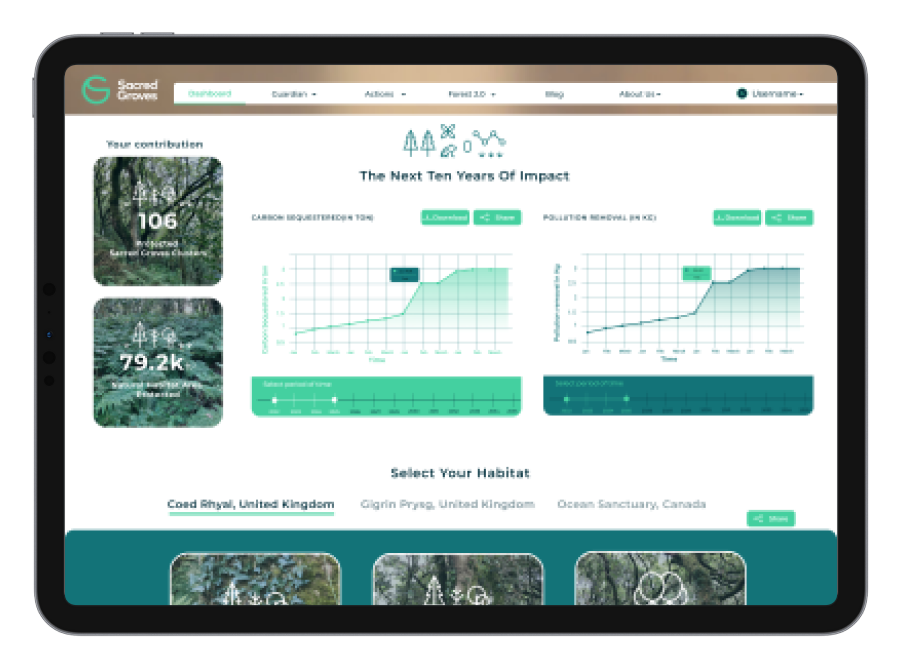For decades water charities and world governments faced a conundrum: how to maintain water pumps in remote locations when such maintenance is too costly to contract to private providers? The solution has come from the Internet of Things.
Clean water is a fundamental human need, with polluted water leading to a host of diseases from cholera, to dysentery, hepatitis A, typhoid, and polio.
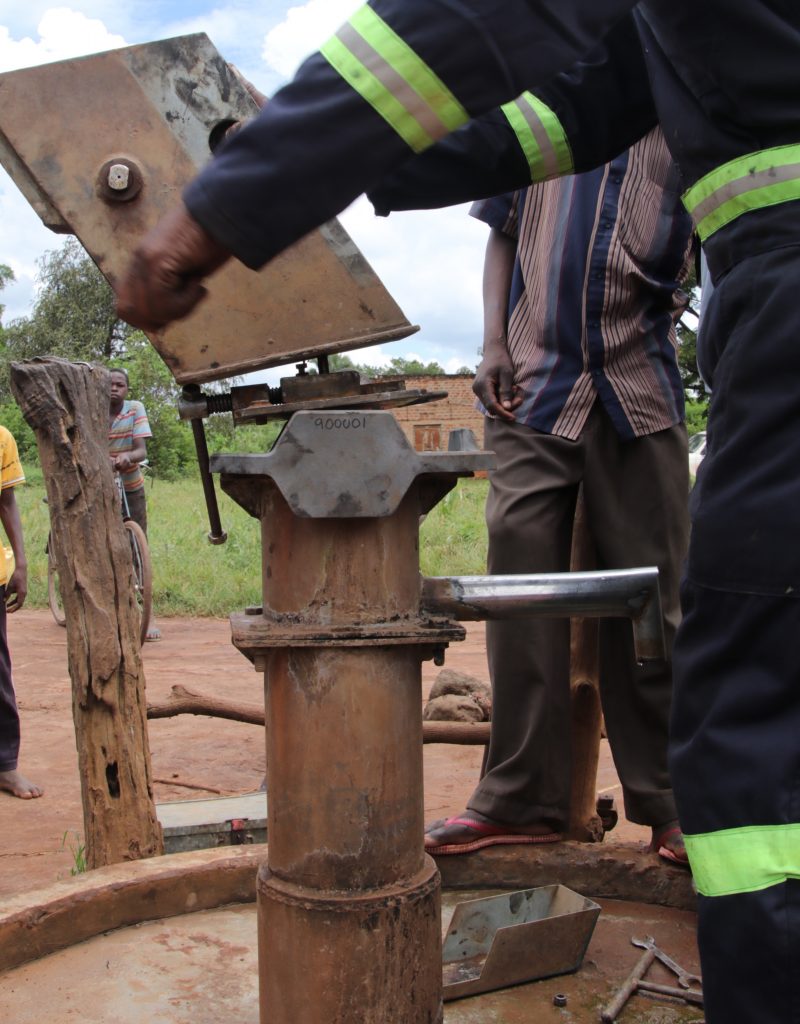
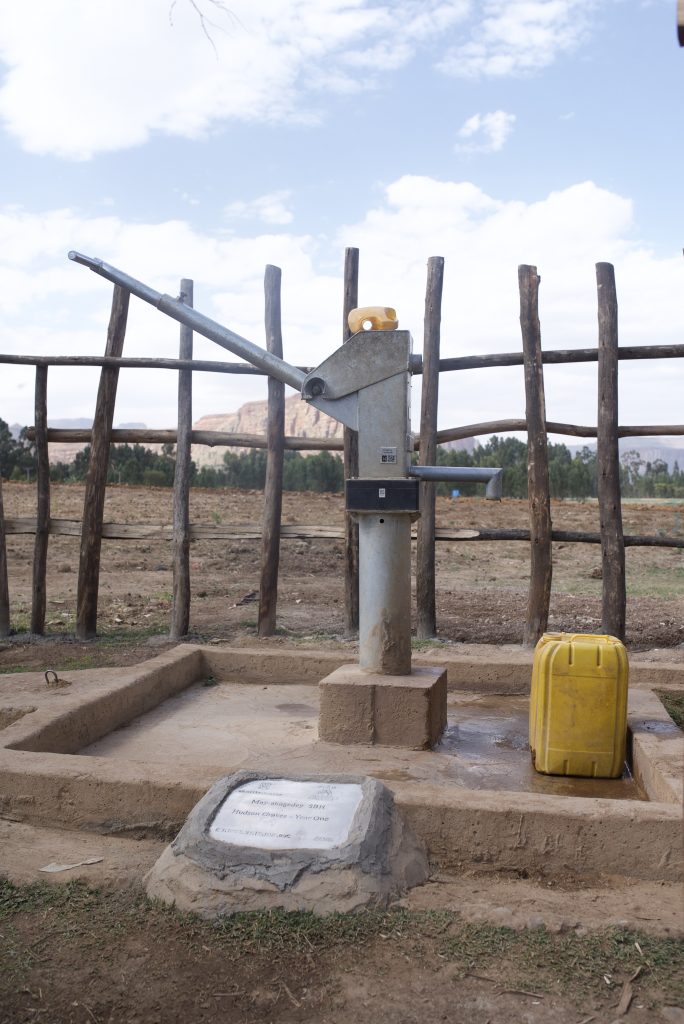
Happily, global access to improved water has increased in recent decades, thanks to governmental and charitable funding, rising from 76 percent of the global population in 1990 to 91 percent in 2015, with even remote communities supplied with the manual hand pumps known as the Afrodev and India Mark 2, which are simple to install and draw clean water from boreholes drilled deep into the ground. But there’s a problem. With visits to rural locations being costly, water pump maintenance typically occurs only once or twice a year. This means that broken or degraded water pumps can stay broken for months, leaving communities with little option to return to dirty water sources.
A novel solution to this decades-old issue makes the most of a concert of recent technological breakthroughs: affordable cloud computing, the roll out of mobile telecommunications to the world’s remotest spots and the Internet of Things (IoT).
“We saw the technology was there to make cheap water point sensors a possibility, but we knew that there was a gap between big tech – who had the skills but no economic incentive to solve the problem – and charities that had the incentive but lacked the requisite tech skills” says Christoph Gorder of charity: water, the nonprofit behind the innovation.
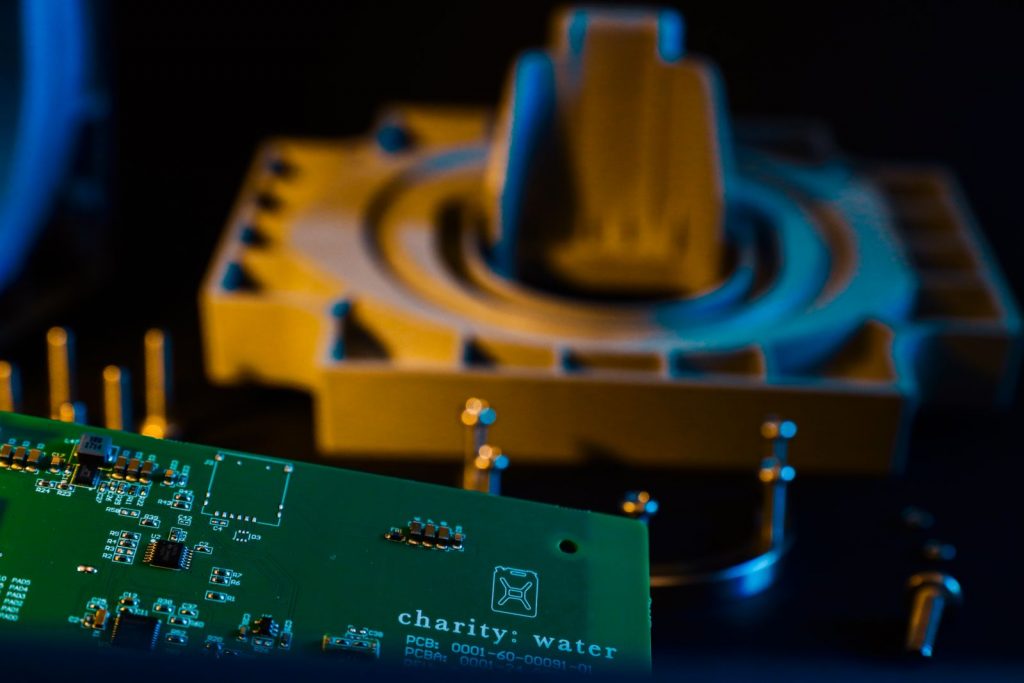
Charity: water developed two IoT sensor designs, the Afrodev and India Mark 2 sensors, with Michigan engineering firm Twisthink. They use the capacitive sensors commonly employed in smartphones to sense the position of a user’s finger on a touch screen which, in the water point sensors, measure the difference in electrical conductivity between the presence of water, and the presence of air, to sense the activity and efficiency of the water pumps. Microchips store the data and transmit it, via IoT carrier deals with local mobile phone companies, to charity: water’s New York head office, but also local charity and government partners such as NEWAH in Nepal, who use the data to coach locals to repair water sources in the field. The data can also be used to contract local companies to maintain sensors, with a clear picture of the work involved and its timings. It was important to Gorder and his team that the devices had a long battery life, as additional maintenance of sensors “would raise more issues that it resolved”.
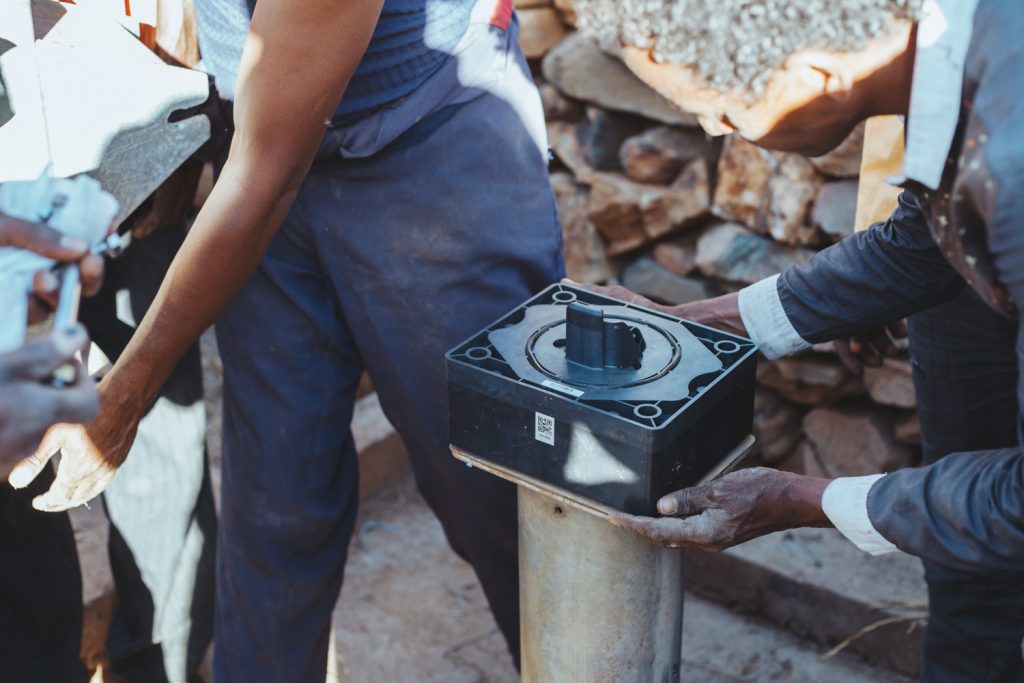
Now installed at over 7,000 pumps in Ethiopia, Nepal, Ghana, Malawi and Uganda, the charity is currently producing its fourth generation sensor, which has an additional sensor to monitor pump handle strokes. Charity: water has made its sensor design open source, and is keen to help grassroots charities and governments across the world to roll out the technology anywhere it would be of benefit, although its application will be limited by local telecommunications reach.
Gorder says unexpected insights have come from the sensors’ data. Two months ago, the charity were field testing their fourth-generation pump in Uganda’s Apac district when they received data that the sensor was recording water flow 23 hours out of 24 (in other locations pumps tend to lie fallow from around 11pm to sunrise).
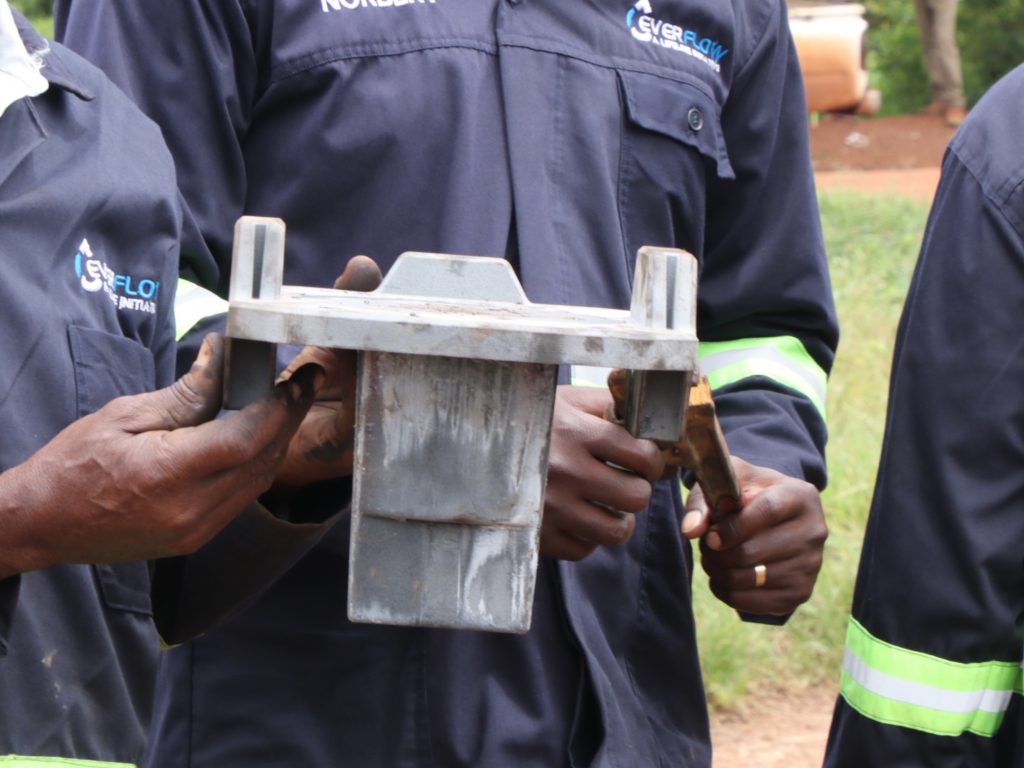
After much head-scratching and fears the device had a bug, it turned out that local brickmakers were making the most of a full moon to pump the many litres of water they need for their trade, with no one else about. “It was an aha moment,” says Gorder, “and it makes us wonder how much we don’t yet know about global water-pump use.”
Gorder hopes that insights such as these will bring the gift of reliable clean water to the three billion people across the world who rely on simple pumps for their water supply; a project that’s never been more pressing, as Covid shows the importance of sanitation to stave off disease.
Author: Sally Howard, The India Story Agency for Sacred Groves
Did you enjoy this article?
Share with friends to inspire positive action.








